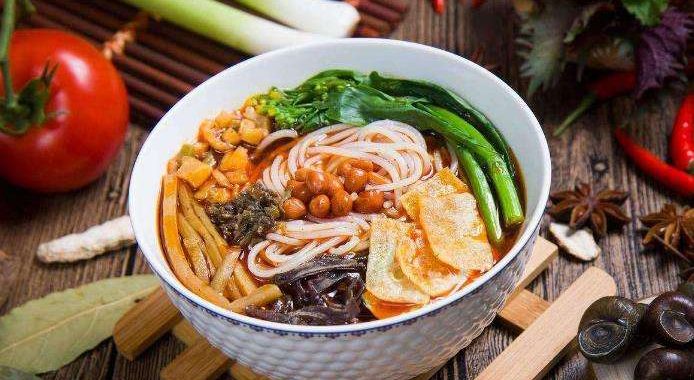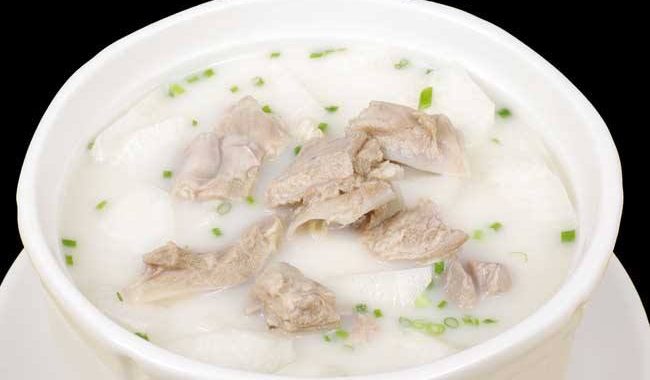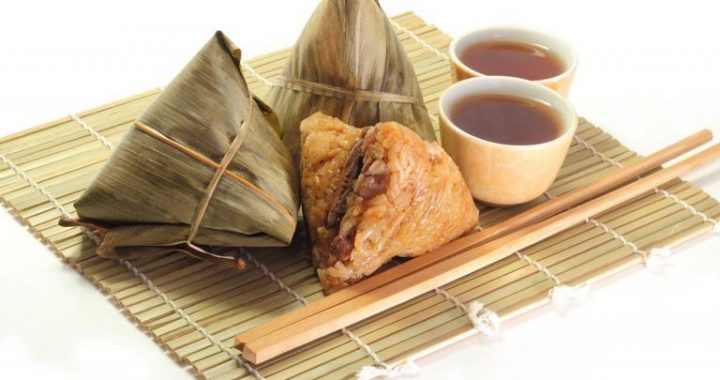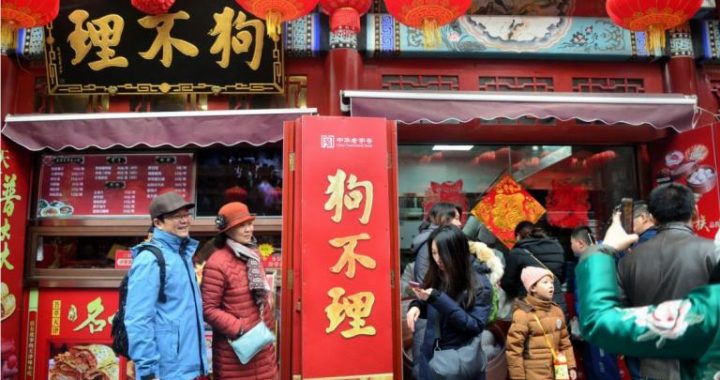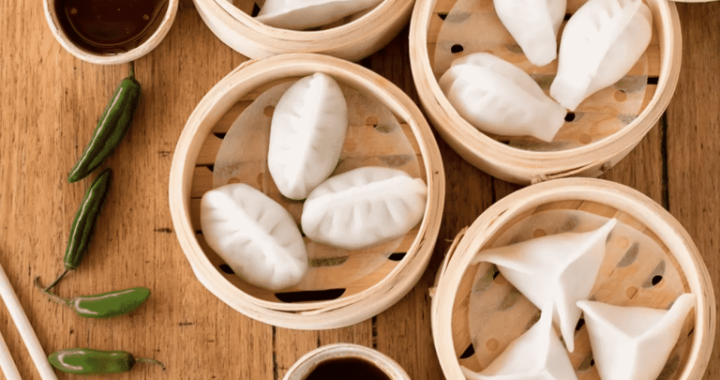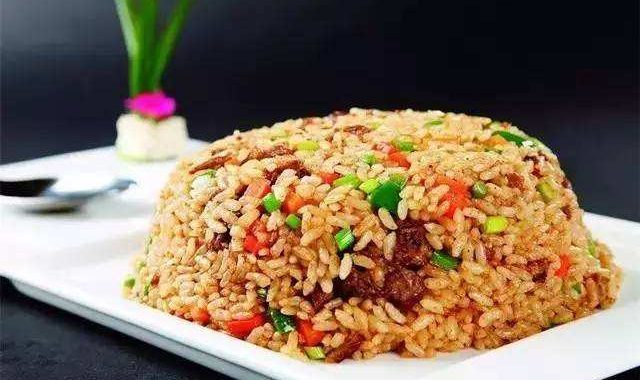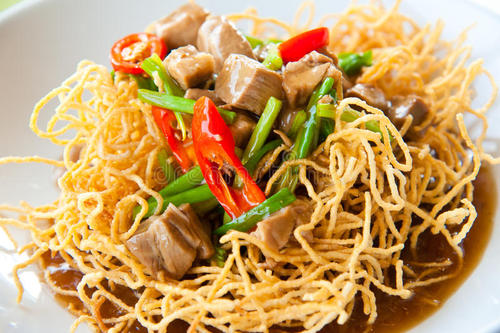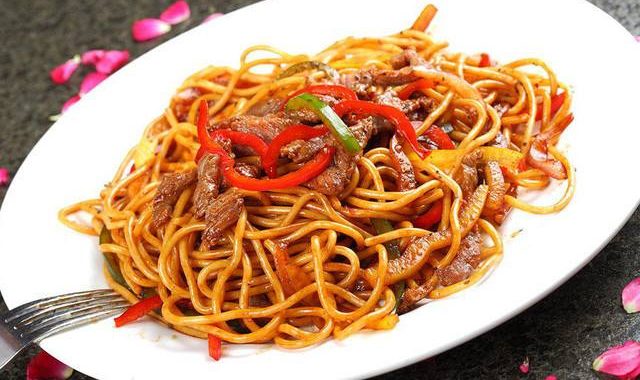WHAT TO DRINK WITH CHINESE FOOD
2 min readIn China, soup is never served at the beginning of a meal. The customary practice is to serve a light, simply made soup throughout the meal: it is meant to act as a lubricant to help wash down the bulky and savoury foods, since we do not have the habit of drinking water (nor tea for that matter – more details later) with an everyday meal. Only on special or formal occasions, would soup be served as a separate course. Even then, it would only be served at the end of the meal, or between the starter and main courses, in order to cleanse the palate for the next course, so for that reason, the soup should always be very light and not too strongly flavoured or seasoned.

Then there is the question of serving a piping hot soup as the very first course at home – what are you going to do with the rest of the meal? Do you intend to spend a considerable time in the kitchen to cook the next course,while the guests or the family are kept waiting for you to produce the food?
If you have recovered from the initial shock, I have more news for you. Avoid serving hot starters that require last minute cooking at home – for the same reasons as serving hot soup at the beginning of a meal – it’s just too much hard work for the cook. There are exceptions to the rule of course: for instance, Crispy ‘Seaweed’ or ‘Butterfly’ Prawns are just two of the dishes which can ‘hold’ for quite a long time without losing too much flavour or crispiness.

As for the main course of mostly stir-fried or quick-braised dishes, which definitely need to be cooked just before serving, careful planning is essential for the home kitchen. The most important point is to limit the number of dishes to no more than two or three at the very most, otherwise you will have to serve the dishes one by one instead of simultaneously.
Plain rice rather than fried rice should be served with the main course. In China, fried rice (and chow mein) are never served with a main meal, except at a banquet when they become part of the dim sum (snacks) course, which consists of both savoury and sweet items, at the end of a menu as desserts.
Lastly, try not to have a hot dessert course for your Chinese meal at home, unless you serve such traditional items like Roly-Poly or a fruit crumble, neither of which requires last minute cooking. Otherwise just serve a cold dessert which can be prepared well in advance.

